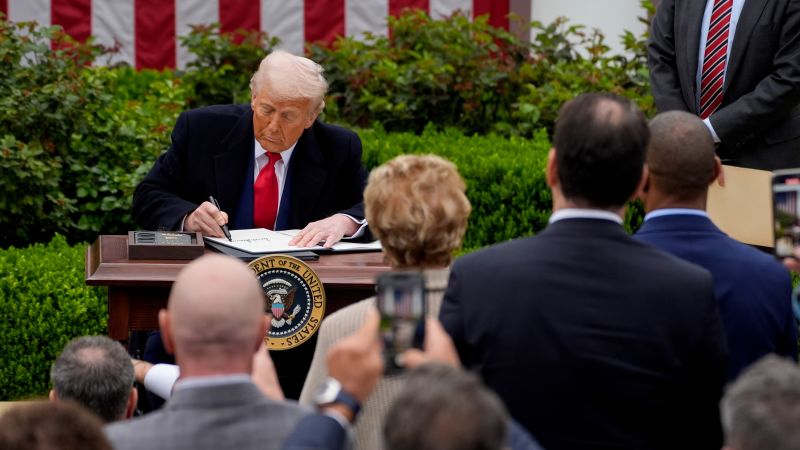Trade Wars Unleashed: Trump's Tariff Bombshell and the Economic Shockwaves

In a bold and controversial move, President Trump has introduced comprehensive tariffs that are set to send shockwaves through the American economic landscape. These sweeping trade measures promise to reshape economic dynamics, with potentially significant consequences for consumers and businesses alike.
The newly implemented tariffs are expected to trigger a cascade of economic ripple effects, most notably driving inflation upward and potentially dampening overall economic growth. Economists and market analysts are closely watching the potential implications of these aggressive trade policies, which could fundamentally alter the United States' international economic relationships.
By imposing these wide-ranging tariffs, the administration aims to protect domestic industries and rebalance international trade dynamics. However, the strategy comes with considerable economic risks, including the potential for increased consumer prices and reduced economic momentum.
As businesses and consumers brace for the impact, the full extent of these tariffs' economic consequences remains to be seen. The coming months will be critical in understanding how these trade measures will reshape America's economic future.
